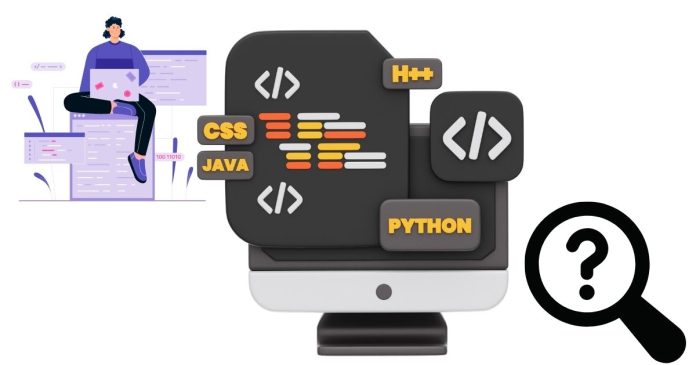Typecasting, also known as type conversion, is the process of converting one data type into another in Python. This feature allows developers to manipulate data more effectively, enabling operations that require specific data types. Python offers two main types of typecasting: implicit typecasting (automatic) and explicit typecasting (manual).
Why Is Typecasting Important?
In Python, variables can hold different types of data such as integers, floats, strings, and more. Often, you may encounter situations where you need to convert one data type into another to perform certain operations, such as:
- Performing mathematical calculations.
- Formatting data for output.
- Ensuring compatibility between different data structures.
For example, combining a number and a string requires converting one to match the other.
Types of Typecasting in Python
1. Implicit Typecasting
In implicit typecasting, Python automatically converts one data type to another without requiring any action from the programmer. This usually happens when there’s no risk of losing information during the conversion.
Example of Implicit Typecasting:
x = 10 # Integer
y = 2.5 # Float
result = x + y # Python automatically converts `x` to a float
print(result) # Output: 12.5
print(type(result)) # Output: <class 'float'>
In this case, Python converted the integer x into a float to perform the addition seamlessly.
2. Explicit Typecasting
Explicit typecasting, on the other hand, is when the programmer manually converts one data type into another using built-in Python functions. This is necessary when Python cannot automatically determine how to convert the data or when you need specific control over the conversion.
Common Functions for Explicit Typecasting:
int(): Converts a value to an integer.float(): Converts a value to a float.str(): Converts a value to a string.list(): Converts an iterable (like a tuple) into a list.tuple(): Converts an iterable into a tuple.
Examples of Explicit Typecasting:
- Converting a Float to an Integer:
x = 5.9 y = int(x) # Manually converting to an integer print(y) # Output: 5In this case, the decimal portion (
0.9) is truncated during the conversion. - Converting a String to an Integer:
num_str = "42" num_int = int(num_str) # Converts the string to an integer print(num_int) # Output: 42 print(type(num_int)) # Output: <class 'int'>Note: If the string cannot be converted (e.g.,
"hello"), Python will raise aValueError. - Combining Strings and Numbers:
age = 30 message = "I am " + str(age) + " years old." print(message) # Output: I am 30 years old.Here,
str(age)converts the integerageto a string so it can be concatenated.
Cautions When Typecasting
- Data Loss: Certain conversions can result in a loss of data. For example:
x = 5.8 y = int(x) print(y) # Output: 5The fractional part (
0.8) is lost. - Errors During Conversion: If a value cannot be converted to the desired type, Python will raise an error:
num_str = "abc" num_int = int(num_str) # Raises ValueError - Potential Bugs: Misusing typecasting may lead to unexpected results or bugs, especially when working with large datasets or complex logic.
When to Use Typecasting
- Mathematical Operations: To ensure compatible types for arithmetic.
- Data Processing: To convert between formats, like strings to numbers for calculations.
- Formatting Output: To display numbers as strings when generating reports or UI elements.
- Data Structures: To convert between lists, tuples, and other iterable types.
Typecasting in Python is a crucial tool that allows developers to work effectively with different data types. While implicit typecasting simplifies coding by handling conversions automatically, explicit typecasting provides more control when precision is necessary. By understanding how to use Python’s typecasting methods, you can write cleaner, more versatile, and bug-free code.


